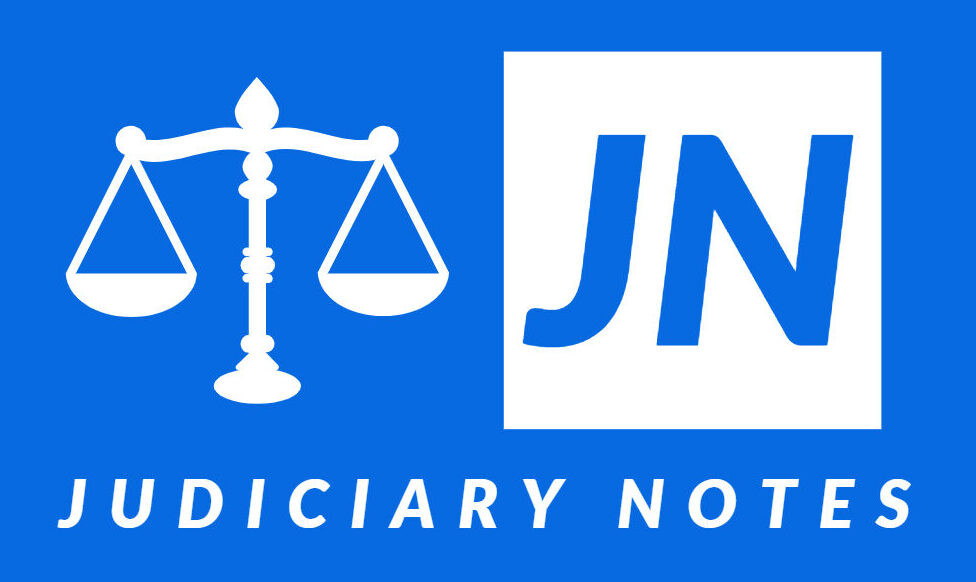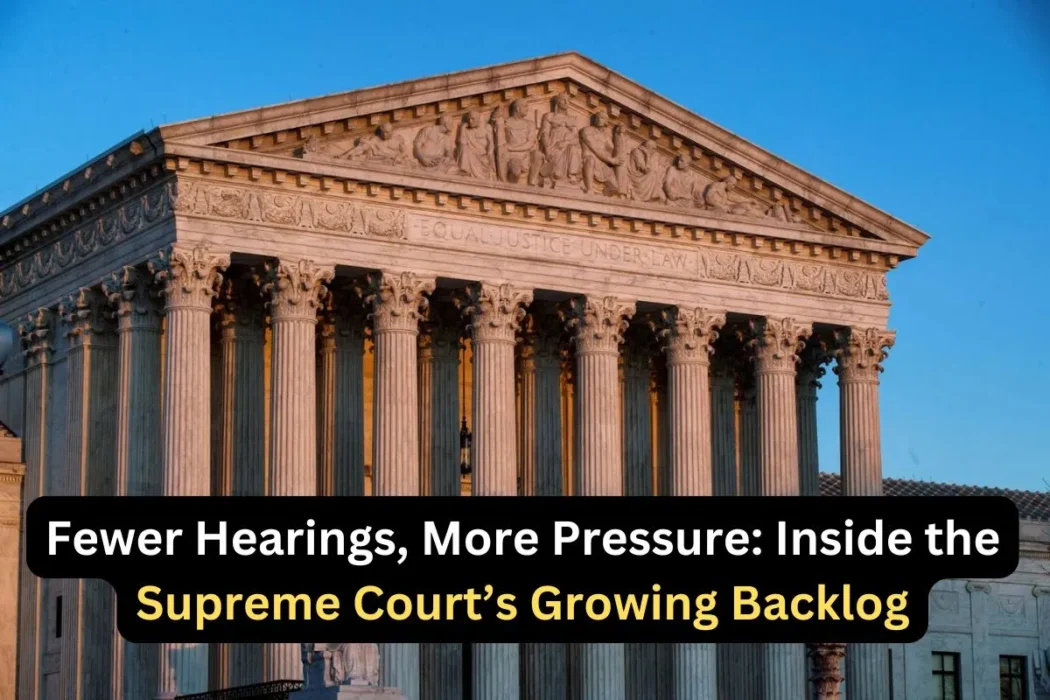Washington, D.C. — The U.S. Supreme Court is facing an increasingly backlogged workload, with fewer cases being accepted for argument in recent terms. Despite the reduction in the number of cases on the docket, the justices have found their workload intensifying as complex, high-stakes decisions dominate their schedule.
This trend of hearing fewer cases has been ongoing for several years, with the court accepting around 60 to 70 cases per term, significantly down from the 150 cases or more that were heard annually during the mid-20th century. However, the decline in the quantity of cases has not led to a lighter workload for the justices. Instead, their deliberations are often consumed by intricate and controversial issues, such as constitutional challenges to major laws, disputes over executive power, and pressing social issues like voting rights and abortion.
Chief Justice John Roberts has noted the increasing complexity of the cases the court is dealing with, explaining that the lower number of arguments doesn’t equate to less time or effort required from the bench. “We are handling more complex cases that require extensive legal research and consideration, often involving nationwide implications,” he said in a recent speech.
Observers suggest that the reduced number of cases is partly due to the changing nature of lower court rulings. With the proliferation of conservative and liberal appellate courts, there has been less disagreement among lower courts, resulting in fewer cases requiring Supreme Court resolution. Additionally, the court’s growing reliance on its “shadow docket”—emergency rulings and orders made without full briefing or oral arguments—has also contributed to the perception of reduced transparency in the justices’ decision-making process.
Several justices, including Justice Samuel Alito and Justice Clarence Thomas, have voiced concern over this development. They argue that reducing the number of cases heard by the court risks undermining its role as the final arbiter of important legal disputes. Some legal scholars share this view, pointing out that significant legal issues might go unresolved for years as a result of the backlog.
Despite these challenges, the current term is shaping up to include decisions on significant topics such as the future of affirmative action in college admissions, the power of federal agencies, and the regulation of technology companies. These landmark cases will demand considerable attention and could further delay rulings on other critical issues waiting to be heard.
As the Supreme Court continues to juggle fewer cases but higher stakes, the question of whether this approach best serves the nation’s judicial system is becoming a topic of debate. Legal experts are divided over whether the court should return to hearing a larger volume of cases or continue to focus on a more limited docket filled with the country’s most pressing legal matters.
The upcoming term will shed more light on the court’s strategy, but for now, the justices find themselves with a lighter caseload that requires heavier deliberation—a paradox that may define the future of the Supreme Court’s role in American society.

